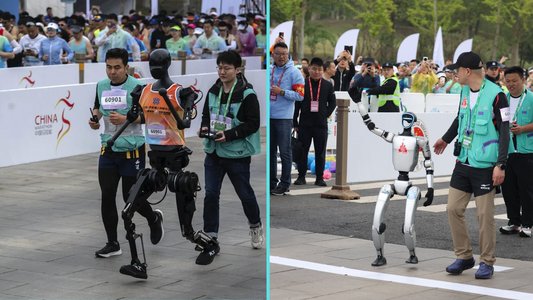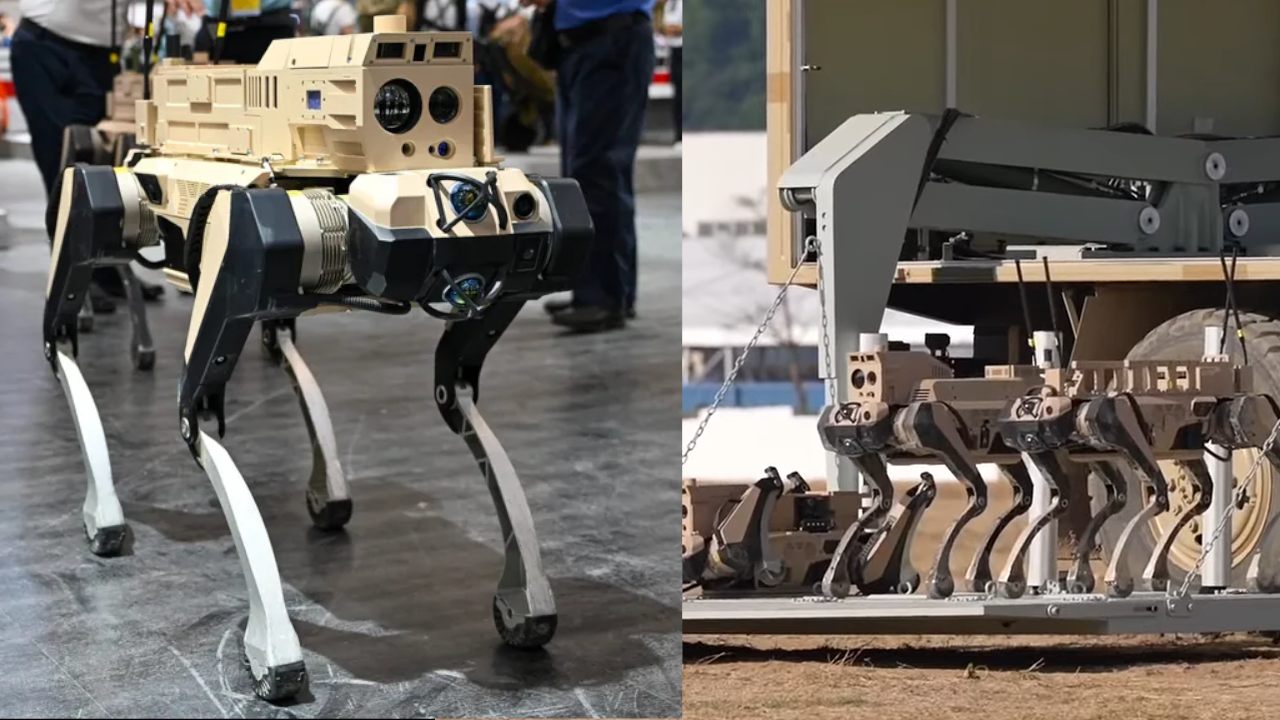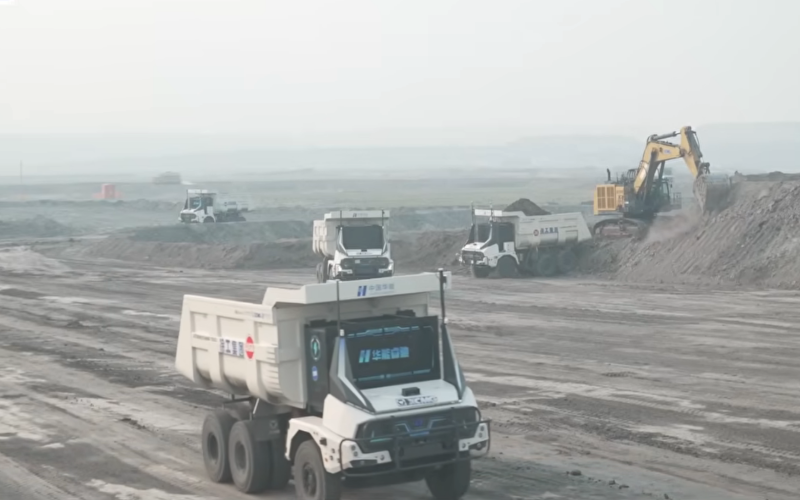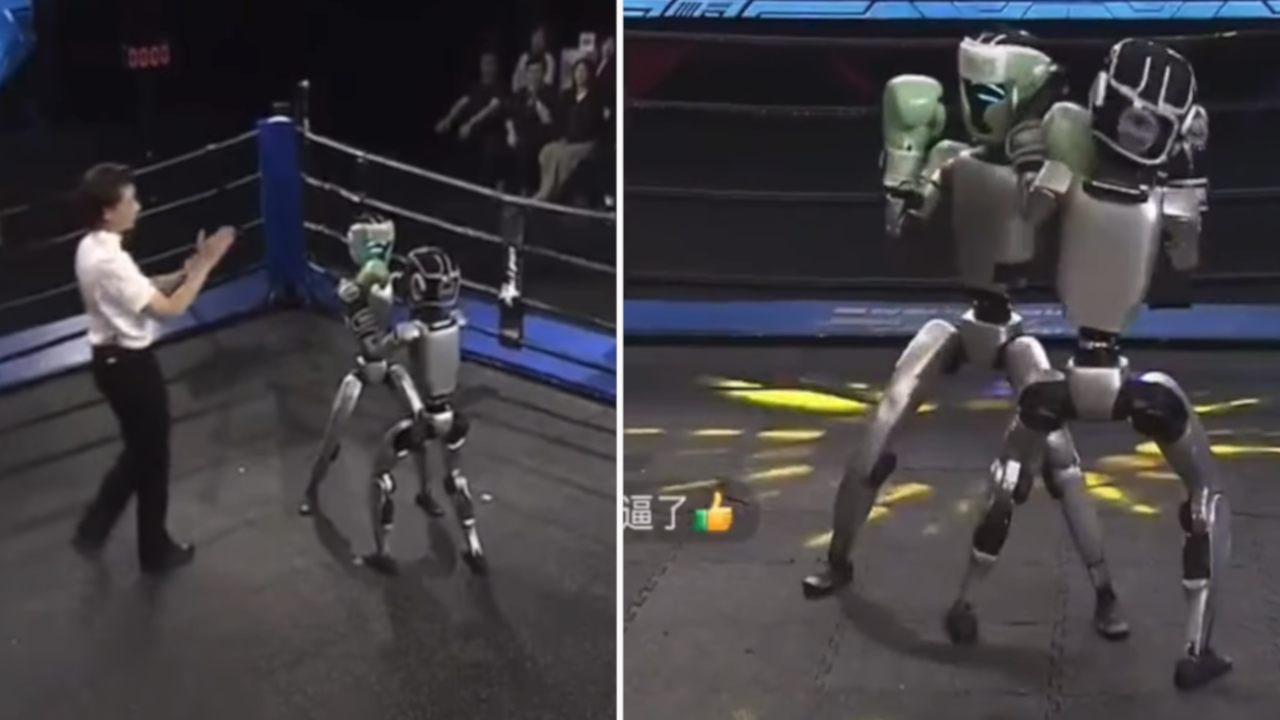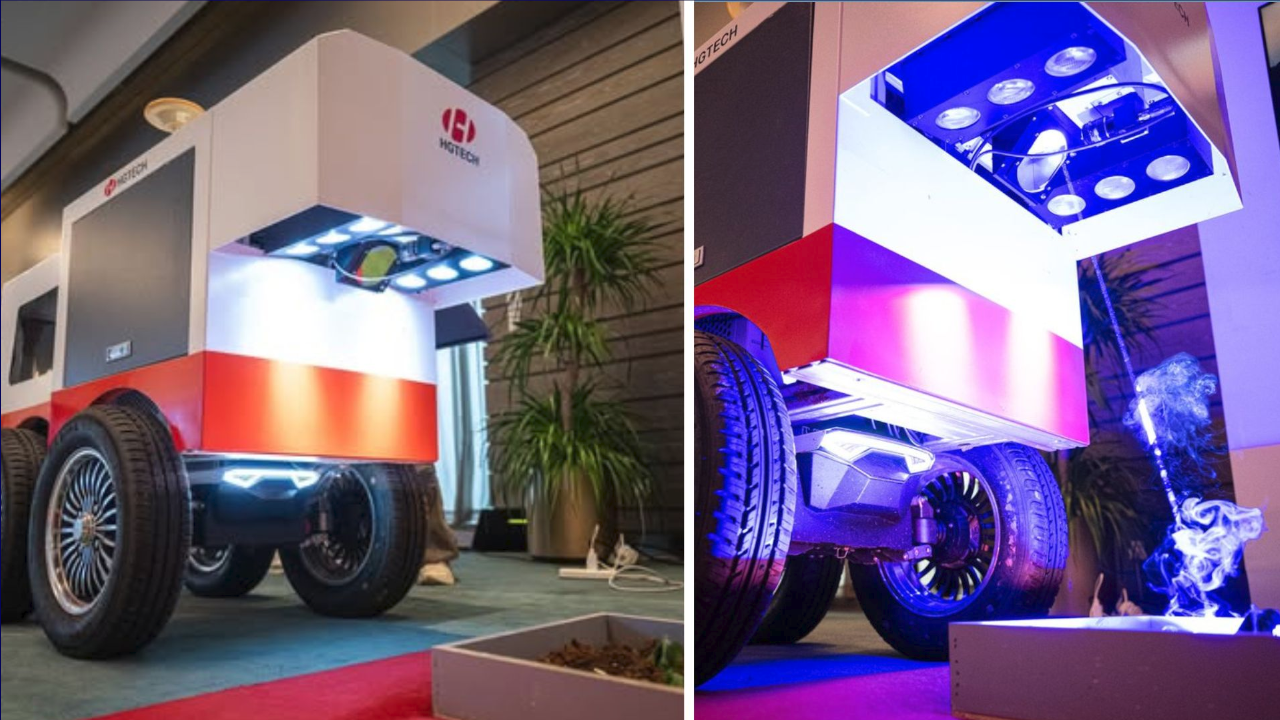China hosted the first half-marathon in history to pit humans against humanoid robots in Beijing. The race distance was set at 21 kilometers instead of the full 42 km due to the current technical limitations faced by robots, such as endurance, high energy consumption, and the need for frequent battery changes during the race.
Thousands of human runners participated alongside 21 humanoid robots, each in its designated lane. The designs, shapes, and sizes of the participating robots varied, with heights ranging from 120 centimeters to 180 centimeters.
Ethiopian runners (a man and a woman) achieved the first two positions, finishing the race in a time of one hour, two minutes, and 36 seconds, and one hour, eleven minutes, and seven seconds, respectively. In contrast, the fastest participating robot, “Tiangong Ultra” (180 cm tall and weighing 52 kg), needed two hours, 40 minutes, and 42 seconds to cover the same distance.
The robots faced numerous technical challenges during the race. Some fell and stopped working from the start, while others fell but then got up and continued amidst cheers from the crowd. Some even required battery replacements to complete the run. The event was not without incidents, as one robot collided with a barrier and knocked down an engineer.
The marathon was a true test not only of the robots’ speed but also of their endurance, balance, stability during movement, and ability to adapt to real-world environments. This will contribute to accelerating their development process.
China considers humanoid robots a prominent area of technological competition with the United States and continues to inject significant investments into developing artificial intelligence and robotics technologies, which have been a key factor in the recent boom of companies in this sector.
Despite the human victory this time, the race revealed the great potential of robots and highlighted areas that need development. This event may become a starting point for accelerating innovation in the field of humanoid robots in the coming years.
